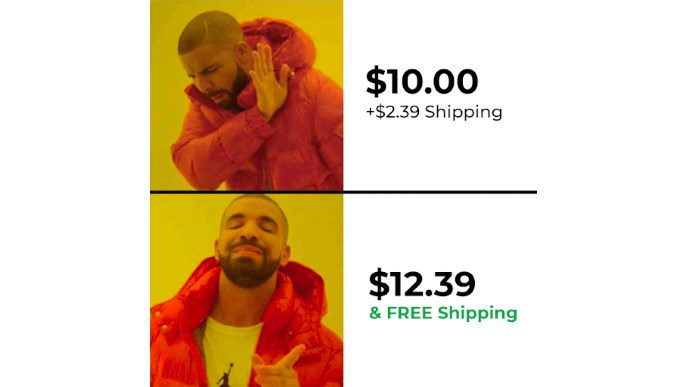We’d like to think that people, for the most part, are rational beings. And, as rational beings, they should go about making their decisions in rational ways, following the most logical route available. When presented with the facts, they should choose the option that makes the most sense or offers the greatest benefit. If I offered you the choice between receiving $1 or $100, no strings attached whatsoever, which would you choose? Obviously, you’d take the $100, right?
Irrational Decision Making
But, here’s the thing about human beings: we are not at all wholly rational beings. Our emotions can get the best of us. Our perception of the world around us can get distorted. Our memories are utterly unreliable, as much as we’d like to think otherwise. How else can you explain why some people are willing pay thousands of dollars more for exactly the same vehicle, just because it’s a different vehicle? The black Tesla Model 3 is identical to the white one, but swap the “default” color and rational logic gets thrown out the window.
This isn’t necessarily a bad thing, of course, especially if you’re looking to make a few bucks as a savvy marketer. It just means that you can take advantage of these sorts of psychological curiosities for your benefit, even if the net experience for the end consumer really isn’t all that different on an objective level.
Perhaps one of the best examples of this is the “free shipping” phenomenon.
Free Shipping!
Of course, in a purely logical and realistic sense, there’s no such thing as “free shipping.” The person or company sending the product has to pay someone to ship it. FedEx isn’t a charity. UPS is not operating as a nonprofit. Whenever you get “free shipping” on a product, it just means the seller — in one or another, directly or indirectly — is either absorbing that cost or passing it on to you. The total cost of getting that product and sending it to you is the same. How the seller chooses to frame that cost (and the net profit) is a different matter.

You may have seen som variation on this meme over the course of your Internet travels. It clearly represents a very relatable experience when it comes to online shopping. Seeing the actual cost of shopping can oftentimes give customers pause, so much so that they may avoid buying the product altogether. Throw in the offer of “free shipping” by simply increasing the price of the product, and suddenly the “deal” is much more appealing.
At the end of the day, the customer is still paying $12.39. It’s just a matter of how that total cost is perceived. And it’s another clear indication that not all sales are made alike, even if the net result is actually identical.
Big Savings!
For the sake of simplifying the math involved, consider these two scenarios:
- $10 regular price, 10% off, $1 for shipping = $9 + $1 = $10
- $10 regular price, no discount, free shipping = $10
Objectively, logically, rationally, both of these scenarios are functionally identical. But based on what we’ve learned above, the second option will generally appeal to more potential customers and result in a higher conversion rate. This is due to what is called the loss aversion effect. Basically, you feel worse about losing something than you feel good about getting something.
Having to pay for shipping (even if it’s a dollar) feels like a loss, like you didn’t get a “good deal.” That pain is worse than the positive feeling associated with the 10% off discount. Conversely, getting free shipping feels good and the lack of a discount is a neutral non-factor, because you don’t even know that you’re “missing out” on anything.

Emotional Beings
Let me end with another prime example from the retail world, and then you can think about how you can apply these types of “tricks” or “tactics” in your own marketing efforts. You’ll sometimes find shoe stores in particular offer a “buy one get one” deal where the second pair of shoes is 50% off. If the two pairs of shoes are identically priced, the net result is 25% off your total. That’s the best case scenario, as the discount is always taken off the cheaper product.
If the store were to offer a straight 25% off discount, a few things might happen. Even if the person buys two pairs of shoes, the store gives out the biggest possible discount (25%) rather than potentially less if the two products are different prices. More likely, the customer will only buy one pair of shoes (and the store misses out on the sale of the second pair), or the customer won’t buy at all. Upsells are made easier when they’re made to look more appealing.
What are you doing to increase your conversion rates? What about your average revenue per sale or per user?